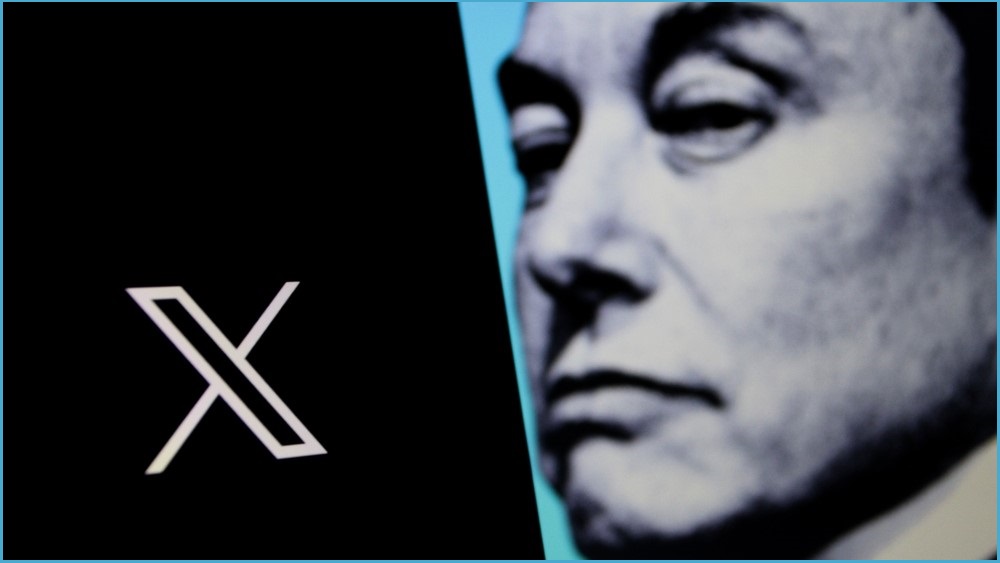Elon Musk-owned social media platform X is threatening to sue the Australian government over a removal request issued in relation to a post by an anti-trans activist.
Earlier this week, the eSafety Commissioner ordered X, formerly known as Twitter, to remove a post made by Canadian Chris Elston that was vilifying queer health expert and transgender activist Teddy Cook, or face a fine of up to $800,000, as the Sydney Morning Herald reported.
While X complied with the order and blocked Elston’s post from appearing for Australian users, it has been widely reshared by other users and is easily available for those viewing X in Australia.
A spokesperson for X has now said the company intends to file a legal challenge against the eSafety Commission over the removal notice.
“Earlier this week, X was ordered by the Australian eSafety Commissioner, subject to an approximately $800,000 AUD fine, to remove a user’s post,” the X spokesperson said.
“The post had criticised an individual appointed by the World Health Organisation to serve as an expert on transgender issues.
“X is withholding the post in Australia in compliance with the order but intends to file a legal challenge to the order to protect its users’ right to free speech.”
The post by Elston targeted Cook, who is the director of Community Health at NSW organisation ACON and on a panel advising the World Health Organisation, and deliberately misgendered them, insulted them, and equated transgender identity with mental illness.
Elston, dubbed Billboard Chris, is known for travelling around the world wearing billboards bearing anti-trans quotes.
He has more than 400,000 followers on X.
The eSafety Commissioner has the power to order a social media platform to remove a post if the content is intended to cause harm and is offensive, a spokesperson for the office said.
“Tech platforms do not always consistently enforce their own rules or hateful conduct policies, which is why Parliament voted to establish the Adult Cyber Abuse Scheme as part of the Online Safety Act 2021, so that eSafety could serve as a safety net for Australian adults facing the most grievous forms of online harassment and abuse,” the eSafety spokesperson said.
“The Act defines adult cyber abuse as material targeting a particular Australian adult that is both intended to cause serious harm, and is also menacing, harassing or offensive in all circumstances.
“If the material only meets one of these two criteria, for example, If the post is offensive but is found to not be intended to cause serious harm, it will not be considered adult cyber abuse under the Act.
“ESafety makes its regulatory decisions impartially and in accordance with the legislative criteria prescribed in the Act.”
Australia v X
The eSafety Commission is embroiled in another legal fight with X after it issued the social media firm with a $610,000 fine after it failed to adequately respond to questions about actions it was taking to deal with child sexual exploitation material.
The eSafety Commissioner said X had failed to answer at least 14 of the questions that it is obligated to respond to, including leaving some blank and providing incomplete or inaccurate information to others.
X has refused to pay this fine and is seeking a judicial review of the penalty.
The eSafety Commission also last month issued X and a number of other social media platforms with an order to respond to questions regarding what actions they are taking to prevent the posting and spread of terrorist and violent extremist material and activity or face significant fines.
There have been ongoing concerns around content moderation and safety on X since it was taken over by Musk in October 2022.
It was recently revealed that since the acquisition, there has been an 80 per cent reduction in the number of safety engineers at X and the number of global trust and safety staff has reduced by a third.
The number of moderators directly employed by X has also dropped by more than half, while the number of global public policy staff has been reduced by nearly 80 per cent.










